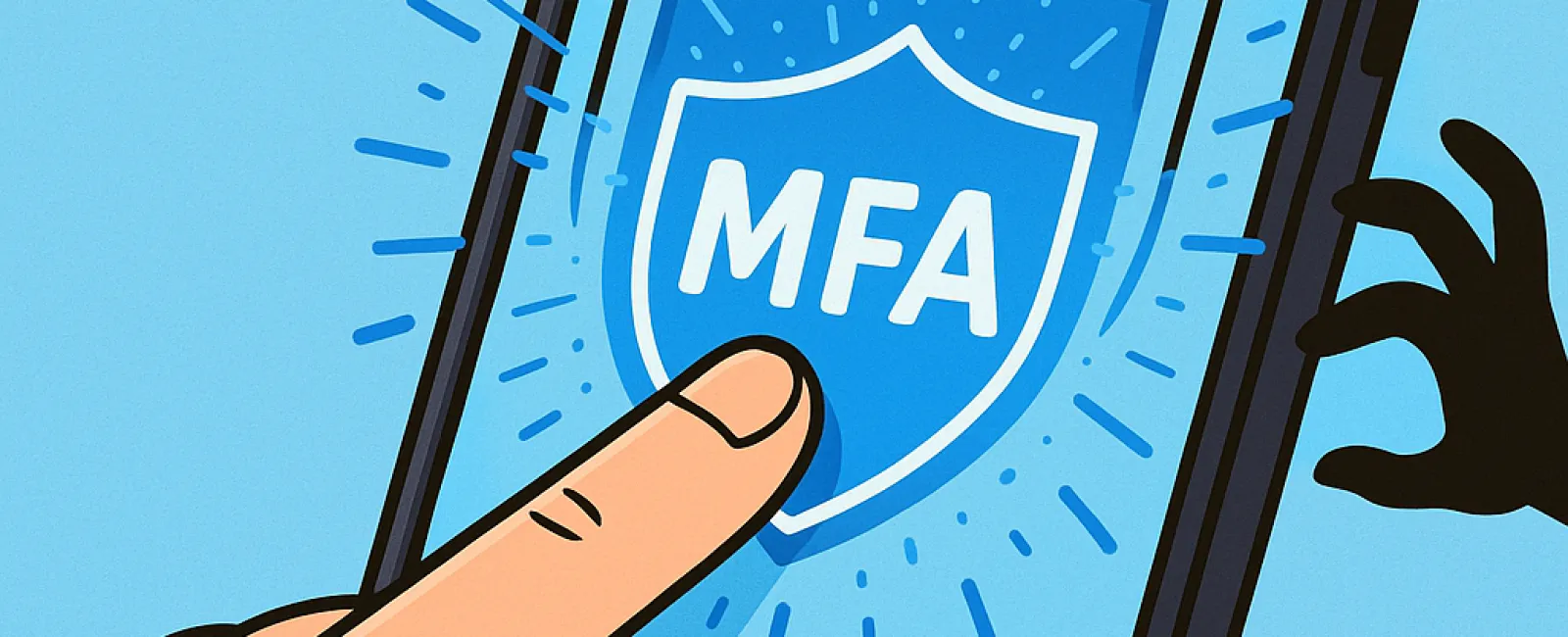October 27, 2025
Would you really navigate the web without a seat belt in place? Just as you wouldn't leave your office unlocked overnight, you shouldn't browse online without implementing multifactor authentication (MFA).
MFA acts as an additional fortress for your digital accounts. Rather than relying solely on a password—which can be stolen, guessed, or phished—it layers on another barrier, such as a text message code, an authentication app prompt, or a fingerprint scan. Even if a cybercriminal acquires your password, without that crucial second verification, access is impossible.
Just One Extra Step Enhances Your Security Dramatically
If your password is comparable to locking your front door, then MFA is like activating the home security system before bedtime. Not absolutely mandatory, but it certainly gives peace of mind by providing a fallback if one defense is breached.
MFA offers a swift additional step confirming it's truly you logging in. Known by many names—"two-step verification," "two-factor authentication," or "one-time password"—all refer to the principle of validating your identity through two or more layers before granting entry to sensitive information.
It appears in various forms: confirmation emails during account creation, security questions by banks, codes sent via text message, push notifications, or verification phone calls. Most of these are easy, often requiring just a tap or simple input.
Everyday Situations Where MFA Thwarts Cybercriminals
While MFA is quick and simple for you—enter a code or tap a button—the same process becomes a significant barrier for hackers. Should someone unauthorized try to access your account, MFA instantly sends you an alert or request for a verification code, informing you of suspicious activity so you can update your password before data gets compromised.
Moreover, MFA blocks intruders from abusing stolen passwords. Even if an employee's credentials are tricked out of them, without that critical second step, attackers remain locked out. In fact, Microsoft's research shows enabling MFA cuts account compromise risk by over 99.2%—rising to 99.99% for accounts with MFA active.
Essential Accounts to Protect with MFA and How to Activate It
Prioritize enabling MFA on the following critical accounts:
- Banking and financial applications
- Email and cloud storage services
- Social media platforms
- Work-related logins containing client or proprietary data
Setting up MFA is straightforward. Many major platforms provide built-in MFA options—choose the one that suits you and integrate it into your daily routine. Using an authenticator app can further secure staff logins.
In summary, MFA is a fast, cost-free solution that blocks most account breach attempts. Investing just a few minutes to activate it today can save you from long-term headaches, data loss, and costly recovery efforts.
The simplest way to initiate MFA is by consulting your IT provider. Experienced Managed Service Providers (MSPs) can smooth the process significantly. If you need cybersecurity expertise, click here or call us at 816-233-3777 to schedule your 15-Minute Discovery Call with our team now.



